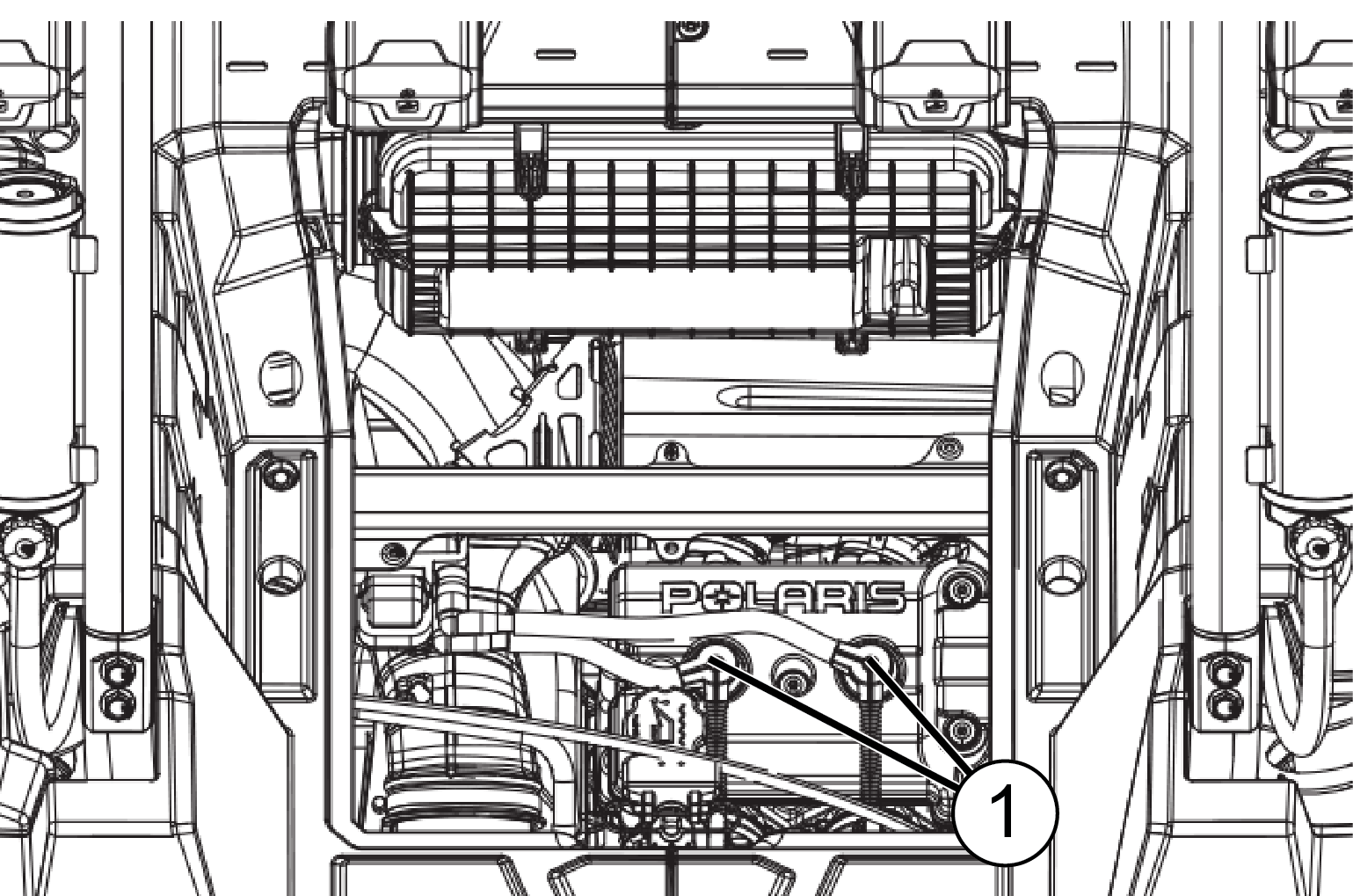
Content Source: 2021 RZR XP 1000 EU Owner’s Manual (9931389 R01) > Maintenance Chapter
| IMPORTANT |
|
The Owner's Manual for this vehicle contains warnings, instructions and other information you must read and fully understand before safely riding or performing maintenance on this vehicle.Always follow the warnings and instructions in Owner's Manual. Click the CONTENTS link above for the Table Of Contents, or download a full PDF of the Owner Manual in the Owner Support area of Polaris.com |
| Electrode Gap | Spark Plug Torque |
|
0.7-0.8 mm |
10 Nm |
| NOTICE |
| Using non-recommended spark plugs can result in serious engine damage. Always use POLARIS-recommended spark plugs or their equivalent. Refer to the Specifications section for details. |
| A hot exhaust system and engine can cause burns. Wear protective gloves when removing a spark plug for inspection. |

| NOTICE |
| The tip should not be white. A white insulator tip indicates overheating, caused by use of an improper spark plug or incorrect throttle body adjustments. |
© Copyright Polaris Inc. All rights reserved.